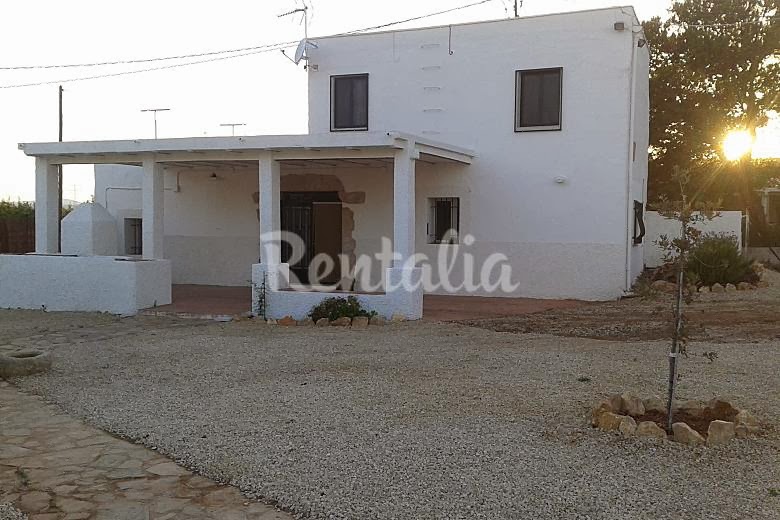Investors often obsess over the short-term
profitability of an equity, rather than considering the bigger picture
of how the stock will work in their portfolios over the longvterm. Such
thoughts spring to mind when I consider buying
Deere & Company (
NYSE: DE ) instead of a peer like
Caterpillar (
NYSE: CAT )
. In short, Deere is facing a number of short-term negatives, but there
is a growing case for buying the stock as a long-term hold.
Caterpillar and Deere, a tale of two markets
Any
analysis of these two stocks will show that they tend to be highly
correlated, but that doesn't mean they will be so in the future. Simply
put, Caterpillar is much more of a play on construction and resources,
with the two segments combining to generate 58% of product revenue in
its first quarter. Meanwhile, Deere is more focused on agriculture and
turf, which made up 83% of its machinery sales in its recent second
quarter.
While, construction, mining and agriculture tend to
be cyclical industries, there is no specific reason why they must all
operate within the same cycle. However, investors don't always see it
that way. Indeed, Deere and Caterpillar are often seen as de-facto plays
on global growth, and in particular in China.
The idea being that the growing middle class in
emerging markets will create more food demand, particularly for protein,
which in turn demands more feed production. Meanwhile, the same growing
middle class will demand more construction activity and therefore
mining materials.
A quick look at their price charts reveals their
stock price correlation. Readers should pay particular attention to the
first quarter of 2008, when investors were still bidding up Caterpillar
and Deere in the hope that China would offer a safe haven from the great
financial crisis. Note how these dreams were crushed in due course.

Near-term risk, near-term opportunity?
Paradoxically,
Caterpillar offers more near-term opportunity, but more long-term risk.
However, with Deere it's the other way around. Caterpillar has
significantly outperformed Deere this year, thanks to its upgrading of
its guidance for construction machinery sales. Investors can read about
that in more detail
in an article linked here,
while Deere is seeing tougher conditions in its core agriculture and
turf segment, and faces near-term uncertainty over the outlook for
farming commodities.
Deere's management recently outlined its forecast
for full-year net sales growth of 10% for its construction and forestry
segment (Caterpillar is also forecasting a 10% increase in its
construction machinery sales), but considering that the segment only
contributed 17% of second quarter sales, it's not enough to offset a
weak agricultural outlook. Deere's full-year forecast for full-year
agriculture and turf net sales is for a decline of 7%, culminating in a
forecast of a total net sales decline of 4% for the full year. Moreover,
conditions appear to be getting worse, as weakness in the CIS countries
and Brazil caused a downgrade to Deere's expectations.
In addition, Deere is forecasting all of the four
major farming commodities that drive demand for its agricultural
machinery to be lower over the next two years -- not good news.
| | |
2012-2013 |
2013-2014 Forecast |
2014-2015 Forecast |
| Corn |
$6.89 |
$4.70 |
$435 |
| Wheat |
$7.77 |
$6.90 |
$7.00 |
| Soybeans |
$14.40 |
$13.00 |
$10.25 |
| Cotton |
$0.73 |
$0.77 |
$0.63 |
Source: Deere Company Presentations, dollars per bushel except cotton, which is dollars per pound.
With this level of near-term difficulty, why is Deere attractive?
Deere looking a good value
A
quick look at the P/E 10 ratios (a valuation method designed to value a
company over its last 10 years of earnings) reveals that Deere and
Caterpillar are looking relatively cheap right now.

However, the difference in
long-term outlook relates to investors perception on risk. Simply put,
if China enters into a long-period of slow growth caused by a slowdown
in housing and fixed asset investment -- and legendary investors like
Jim Chanos believe this is a distinct possibility -- then Caterpillar is likely to suffer inordinately as construction and mining demand will falter.
On the other hand, soft commodity demand could
remain relatively better, as China's growth shifts away from fixed asset
investment. but remains strong enough to support increased protein
consumption by the middle classes. Moreover, weather is always a great
imponderable with agriculture, which gives the sector an opportunity to
outperform, or underperform, irrespective of the economy.
The bottom line
All told, if
China's growth falls off a cliff in the next few years then investors
probably won't want to be holding equities anyway, but given the
scenario discussed above, Deere looks better placed than Caterpillar on a
risk and reward basis. The problem is whether investors can tolerate
some near-term uncertainty, as grains look set to fall in price over the
next two years.
Top dividend stocks for the next decade
The
smartest investors know that dividend stocks simply crush their
non-dividend paying counterparts over the long term. That’s beyond
dispute. They also know that a well-constructed dividend portfolio
creates wealth steadily, while still allowing you to sleep like a baby.
Knowing how valuable such a portfolio might be, our top analysts put
together a
report on a group of high-yielding stocks that should be in any income investor’s portfolio. To see our free report on these stocks, just
click here now.



